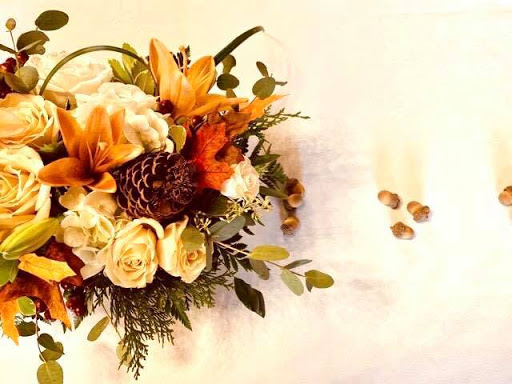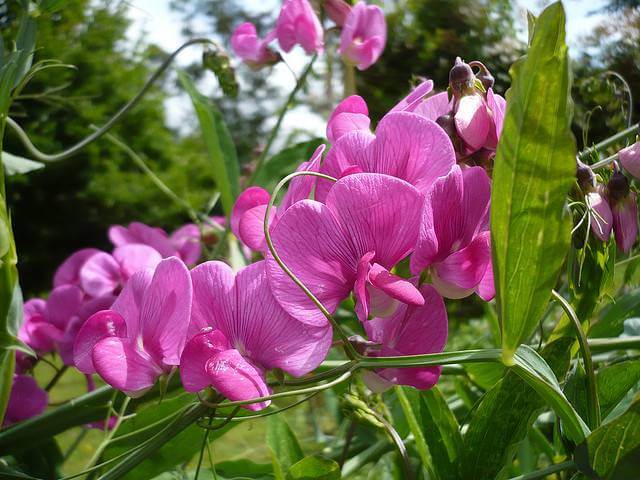
Ikebana stands for uniting different components and developing an unified composition. The art of flower plans has deep roots in Japanese approach, providing the proof that in simplicity lies appeal as well as clarity. It takes simply a glance into Japanese culture for a person to comprehend that it’s controlled by the principle of minimalism, striving for a connection with its environments, for a link with nature itself. The Japanese use the principles of Zen philosophy in order to intertwine aesthetic appeals with function, producing harmony in all that surrounds them. It has to do with highlighting clear lines, shapes and textures. It has to do with producing balance.
This is the Japanese aesthetic principle of “Ma”, boosting the efficiency of void. It’s a minimal approach that enables one to recognize and better value the high qualities of an item, as it stands alone. Through its simpleness, it will certainly welcome the surrounding space as well as integrate with it. It will not demand attention of the viewer, yet gently attracts it. “Ma” is serenity and balance, and it’s used in Japanese society, from style to Ikebana
What is Ikebana?
The word “ikebana” is originated from “ikeru”, indicating “to keep alive”, as well as words “hana”, implying flower. It represents the Japanese art of flower arrangement, the way of blossoms.
” Ikebana is born from the experience of nature as well as human beings … a clear example of ideal harmony between guy and nature … Equally as musicians share themselves via the language of songs, Ikebana musicians should utilize the language of flowers” – Sofu Teshigahara, Guide of blossoms.

Ikebana is not simply a blossom plan, it surpasses that. It’s an exploration. In Japanese culture, blossoms have their own talked language, carrying a deeper meaning than simply their provided elegance. One need to browse to recognize the things of this art, its symbolism, its forms and colors, its patterns and also rhythm, as well as the partnership in between them. Just after that can the concepts of composition be employed.
Discovering the background of Ikebana
The art of Ikebana has been exercised for over 6 centuries as well as its long background started with the intro of Buddhism in Japan. It established from the Buddhist ritual of laying blossoms on the church, in order to recognize Buddha.
One of Buddha’s trainings claims: “If we can see the wonder of a solitary flower plainly, our entire life would certainly change”. Ikenobo Senkei, a Buddhist clergyman, has actually not just seen the miracle of one flower, however the possibilities of integrating a lot more. Ikenobo is the developer of Rikka. Rikka, implying “standing blossom”, was a flower plan including seven branches that depicted components of nature, such as valleys, mountains as well as waterfalls. Along with developing the Rikka, Ikenobo also brought his contribution to the growth of the flower plan art, by founding the initial college of Ikebana.
An even more contemporary variation of Ikebana art was developed by the wizard of Sofu Teshigahara. In his “Publication of blossoms”, he mentions that “Ikebana will stop working if its best objective is replica of nature … One takes a piece of nature and also adds something that was not there”. Sofu started the progressive Sogetsu Institution, that transformed the traditional style. In order to stand the test of time, Teshigahara believed that Ikebana needed to be “constantly fresh, important and vibrant.”.
Background and also Kinds
Ikebana goes back over 500 years and also locates its beginnings in Buddhism. Buddhist monks used to arrange blossoms to embellish the altars as well as temples. That’s how the very first type of Ikebana – Kuge – started. Kuge is a straightforward form that includes simply a number of flower stems and also some environment-friendly branches. Go to the Prachachat website to learn more information on flowers.
Rikka is the next form and also is still exercised today. Rikka indicates “standing flowers” and was a method for Buddhists to share the charm of nature. The key to this style are seven branches that each represent a component of nature like hillsides, falls and valleys.
When the tea ceremonies began to end up being prominent in the 16th century, a brand-new type of Ikebana emerged: Chabana. The word itself literally indicates “tea flower” as well as concentrates on rustic simplicity to match the tea ceremony. Among one of the most noticeable designs to arise from Chabana was Nageire – a non-structured as well as traditional design normally containing a tight package of stems that form a triangle.
Seika or Shoka evolved from Nageire and also is a great deal easier, it commonly includes 3 branches representing earth, heaven as well as human. It emphasizes the individuality as well as appeal of the plant in its very own natural form. Flower holders are generally symmetrical.








